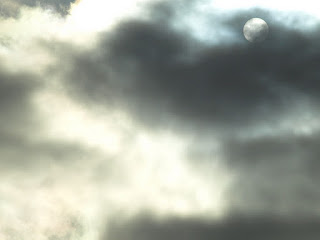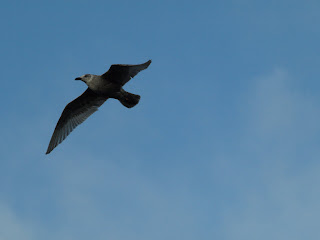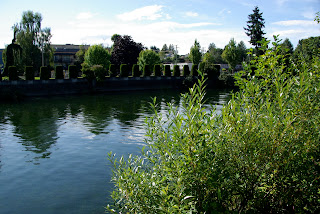In San Franciso, 1923, Sufi Ahmed Murad Chisti (Murshid Samuel L. Lewis) introduces Zen Master Nyogen Senzaki to Sufi Master Hazrat Inayat Khan. Senzaki writes, "His eyes were full of water---not the tears of the world, but water from the great ocean---calm and transparent. I recited an old Zen poem by Jakushitsu---not with my mouth, not with my mind, but with a blink of my eyes, like a flash.
No living soul comes near the water."Murshid," I then said, "I see Zen in you."
A vast sheet of water as blue as indigo!
The abyss has a depth of ten thousand feet.
When all is quiet and calm, at midnight,
Only the moonlight penetrates the waves
And reaches the bottom easily and freely.
"Mr. Senzaki, I see a Sufi in you," he replied.
Both of us then smiled at each other.
...from Nyogen Senzaki in Eloquent Silence, pg. 242.
This is the eightieth blog and perhaps the last. Susan Murphy writes in Upside-Down Zen, "How is this practice, this immensely sobering Way of meditation, also a matter of pure play?"
After 80 blogs, we know definitively ...that we don't know. The playing begins, anew.
Classes will remain at the Courtenay Elementary School. Check the headings for cancellations and change of place.
Also check out these Chan sites of interest:
2. How
to chan meditate:
3. Master
Sheng Yen in Facebook
4. The Western Chan Fellowship at http://www.westernchanfellowship.org/
5. Other Buddhist centres in the Comox
Valley:
http://www.dharmafellowship.org/hermitage/
http://www.sherabchammaling.com/biography.html
Call Adrian at 250 898 8201,
email adrian2@shaw.ca










































